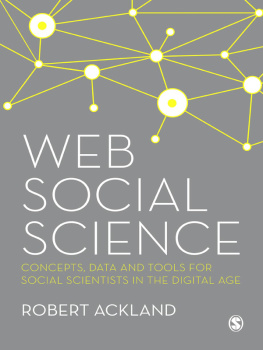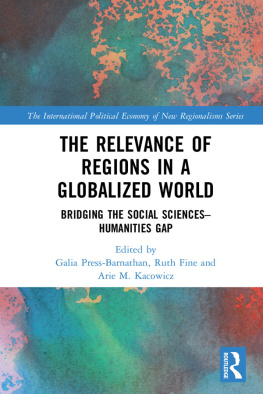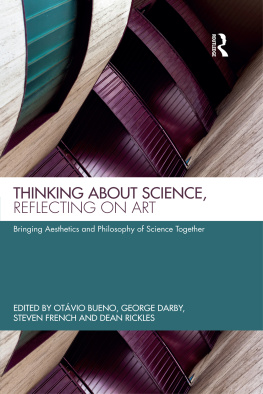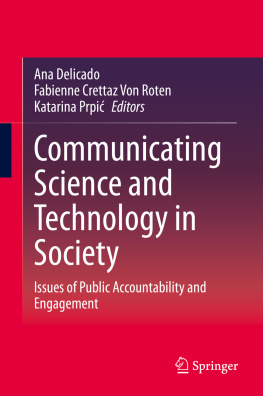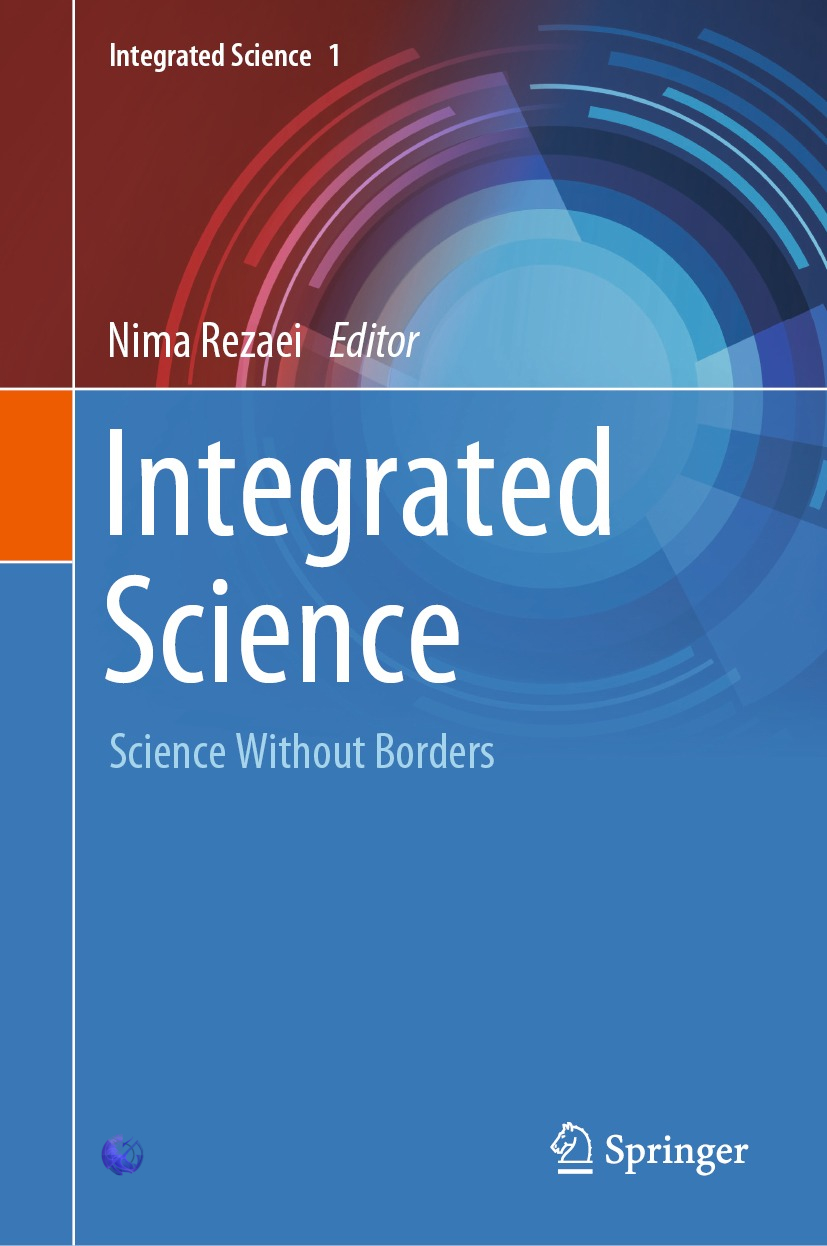Editor
Nima Rezaei
Universal Scientific Education and Research Network (USERN), Tehran, Iran
ISSN 2662-9461 e-ISSN 2662-947X
Integrated Science
ISBN 978-3-030-65272-2 e-ISBN 978-3-030-65273-9
https://doi.org/10.1007/978-3-030-65273-9
The Editor(s) (if applicable) and The Author(s), under exclusive license to Springer Nature Switzerland AG 2021
This work is subject to copyright. All rights are solely and exclusively licensed by the Publisher, whether the whole or part of the material is concerned, specifically the rights of translation, reprinting, reuse of illustrations, recitation, broadcasting, reproduction on microfilms or in any other physical way, and transmission or information storage and retrieval, electronic adaptation, computer software, or by similar or dissimilar methodology now known or hereafter developed.
The use of general descriptive names, registered names, trademarks, service marks, etc. in this publication does not imply, even in the absence of a specific statement, that such names are exempt from the relevant protective laws and regulations and therefore free for general use.
The publisher, the authors and the editors are safe to assume that the advice and information in this book are believed to be true and accurate at the date of publication. Neither the publisher nor the authors or the editors give a warranty, expressed or implied, with respect to the material contained herein or for any errors or omissions that may have been made. The publisher remains neutral with regard to jurisdictional claims in published maps and institutional affiliations.
This Springer imprint is published by the registered company Springer Nature Switzerland AG
The registered company address is: Gewerbestrasse 11, 6330 Cham, Switzerland
Preface
I start this book with a few words regarding the borders; the walls, we have surrounded ourselves with our dark walls; as it seems that there is no light behind these walls.
Initially, I would like to take you through the journey of a dark image. Have you ever contemplated in a dark image? Where can this image be? Darkness? Honestly, I myself dont know where it is, but it could be a galaxy distant from us at approximately 13 billion light-years.
Try to look deeper and magnify your view. The earth is seen; then my country, but the image is still dark. Where can this image be? I asked myself once again. Couldnt it be where I am writing this preface? I magnify the image with a higher power, and I see myself! You might think that this dark image is an underexposed photo of me, but it is not! Only with a bit more magnification, a cell, some chromatin, a chromosome, two DNA strands, bases, quark, and the Higgs boson are revealed, and then, again, the same darkness.
Frankly speaking, this dark image expresses the universe from a mass of 1028 to 1019, which was the product of hundreds of years of scientists from different disciplines like astronomists, physicists, chemists, biologists, medical scientists, and social scientists, who attempted to put the pieces of this puzzle together, therefore bestowing a better perspective of the universe.
Nowadays, who knows what is going beyond the borders? I think our vision is dark, not only for the walls that were built around us not only by others, but also the walls that we have surrounded ourselves with in all sides and in all times.
Secondly, I want to begin the second journey and take you through time. In the first journey, we traveled from the outside infinity to the inside infinity. However, on the second journey, I dont want to take you from yesterdays infinity to tomorrows infinity. I just want to go back hundreds of years ago, when scientists like Muhammad Ibn Zakariya al-Razi, Jabir Ibn Hayyan, Avicenna lived. You have certainly heard about them, but do you know what they have been doing? It is interesting that if you look at the accomplishments of Jabir Ibn Hayyan, for example, you will see this person as an astronomer, physicist, chemist, physician, pharmacist, and philosopher. Currently, is it possible to expect that one individual is an expert in all disciplines? I think, no! Why not? Because science has been specialized, super-specialized, and disciplines walked away from each other. If I am a clinical immunologist, I dont dialogue with a physicist, chemist, or psychologist.
Mawlana, Jalal ad-Din Muhammad Rumi, has a poem that says, The elephant was in a Dark Room . You have certainly heard about it. There are different interpretations of it, and I have my own interpretation too. Mine is that in the world that is small and dark, we are becoming super-specialized in several parts of this elephant; I have become super-specialized in a small part of the elephant tusk, you have been super-specialized in a small part of the elephant ear, and (s)he has been super-specialized in a small part of the elephant tail, elephant body, elephant pie, etc. All of these people do not really dialogue and cooperate; therefore, the whole elephant remains ambiguous! What if we could have taken a step backward and dialogued with each other exactly like what the scientists used to do in history? We would have certainly had a better image of the whole elephant. Eventually, you are the slave of these perennial walls.
Open the windows, my dark room is looking for fresh air.
Open your arms, my dark heart is looking for loving pair
A little bit later in time, about thirty years ago, when I was a passionate child; why I came to this world? I thought to myself. Probably I am going to do something, shouldnt I invent something in the world? I asked myself. Everything has been invented like electricity, the telephone, and the airplane. Is there anything left to be invented? I asked myself again. The answer was yes, there were many other unexplored or non-invented things.
Thirty years later, which is today, I thought to myself that we would certainly see some cars that fly in the sky. What if these cars crashed and fell down? Fortunately and unfortunately, that hasnt happened yet. I thought to myself that what if we had a television that not only transfers the light and the sound, but also transfers the odors of the scenes! This appears not to happen too. I knew someone who was mentally disabled. I thought to myself in the current century; it would certainly be possible to transplant ones brain into anothers brain and treat him. This did not happen, too. But a phenomenon occurred: Networking, which I havent even thought about. Different networks came into existence, and humans became connected, trying to become closer to each other. Indeed, I think in the present century, if we dont do networking, it would not be easy to move forward with our works. Humans, I think, feel lonely, and to avoid distances, they are trying to become close to each other and dont come into their minds; they are getting far from the close. Humans have begun building walls and borders. They have defined borders between cultures, thoughts, countries, states, cities, villages, homes, and even the people who live in the same building dont know who are living behind the walls! In homes, there is a gap and a thick wall between the generations; so, parents cannot dialogue with their children. On phones, they are staying closely connected with far people while being apart from their close people. I am almost concerned that these walls are extending to our cells, which means that the immune system comes and builds thick walls between itself and other organs, including the central nervous system, joints, etc., and causes multiple sclerosis, lupus, rheumatoid arthritis, and diabetes. We hope this does not happen that cells become autonomous, which would become cancer. Whether we like it or not, ourselves, our relatives, or our friends have to visit the hospital once day. We hope this does not happen that a complex disease like cancer is present within a family. Then you would see how much it changes the order of priorities, and life forms a different form.





